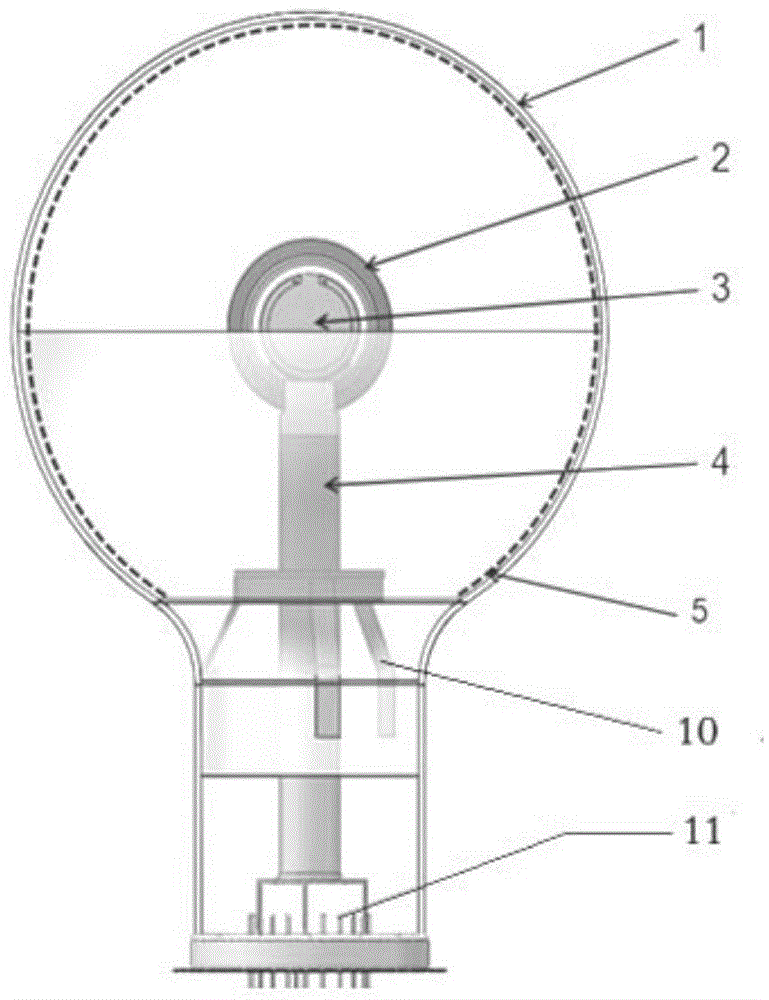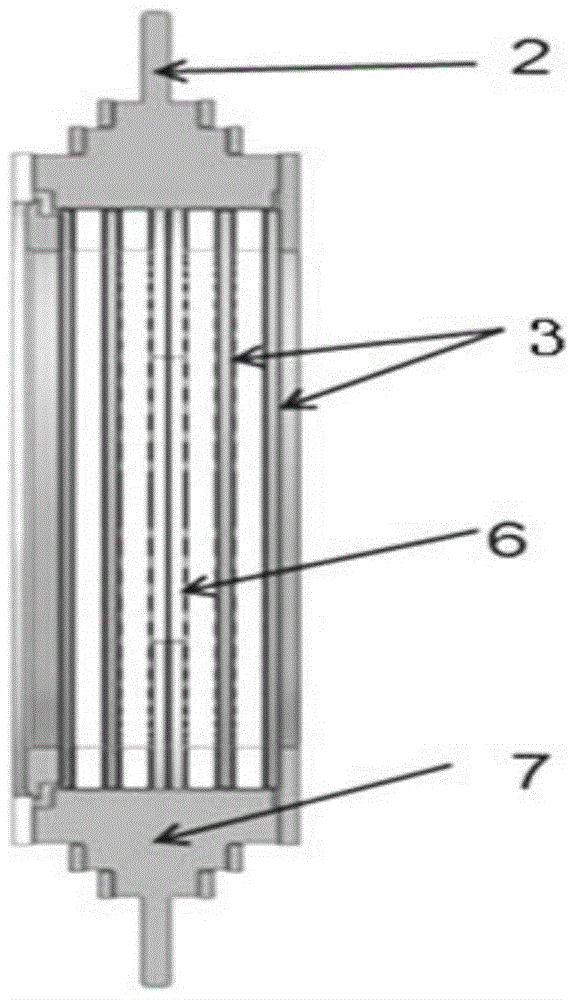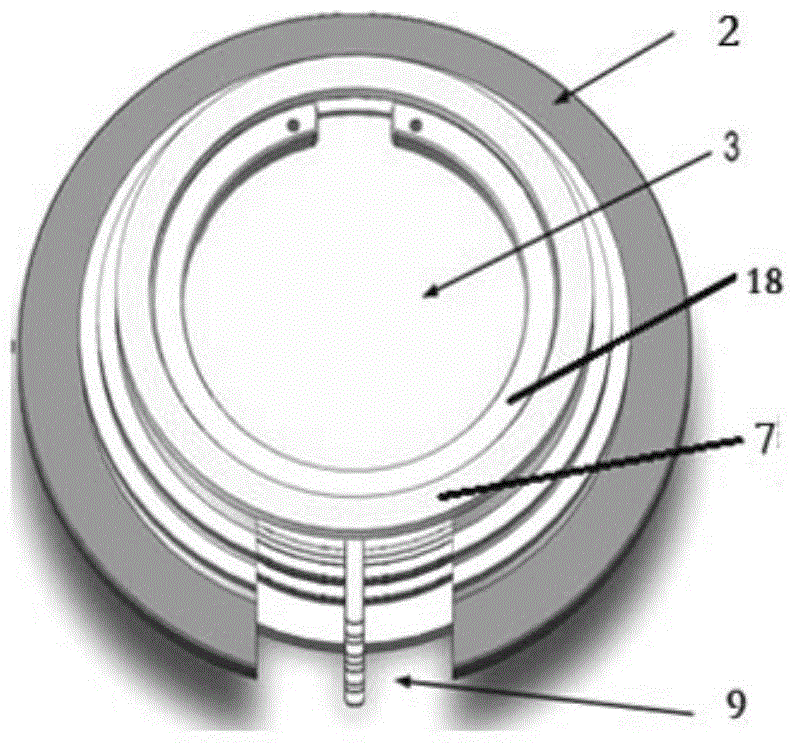An electrostatic focusing microchannel plate photomultiplier tube
A technology of photomultiplier tube and microchannel plate, which is applied in the direction of electron multiplier tube, detailed information of electron multiplier, anode device of electron multiplier, etc., can solve the problems of unpredictable resistance, slow progress, low coverage, etc., to reduce the signal Distortion, Transit Time Difference Reduction, High Gain Effects
- Summary
- Abstract
- Description
- Claims
- Application Information
AI Technical Summary
Problems solved by technology
Method used
Image
Examples
Embodiment Construction
[0038]The present invention will be further described below in conjunction with the accompanying drawings and preferred embodiments. It should be noted that the embodiments described here are for illustration only and do not limit the present invention.
[0039] Such as figure 1 As shown, the photomultiplier tube of the first embodiment of the present invention mainly includes a spherical or ellipsoidal vacuum container 1 made of glass, a photocathode 5 attached to the inner surface of the glass, a focusing electrode 2, an electron multiplier 3, and an anode 6 ( See figure 2 ) and supporting column 4, focusing electrode 2, electron multiplier 3, and anode 6 form a whole through ceramic skeleton 7 (such as figure 2 As shown), the centers of the three are coaxial, and are fixed at the center of the vacuum vessel 1 by a support column 4, and the support column 4 is fixed by three claws 10 and the glass core column 11 below.
[0040] The electron multiplier of the present inv...
PUM
 Login to View More
Login to View More Abstract
Description
Claims
Application Information
 Login to View More
Login to View More - R&D
- Intellectual Property
- Life Sciences
- Materials
- Tech Scout
- Unparalleled Data Quality
- Higher Quality Content
- 60% Fewer Hallucinations
Browse by: Latest US Patents, China's latest patents, Technical Efficacy Thesaurus, Application Domain, Technology Topic, Popular Technical Reports.
© 2025 PatSnap. All rights reserved.Legal|Privacy policy|Modern Slavery Act Transparency Statement|Sitemap|About US| Contact US: help@patsnap.com



